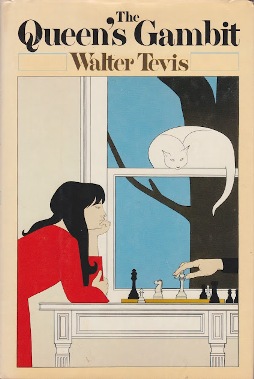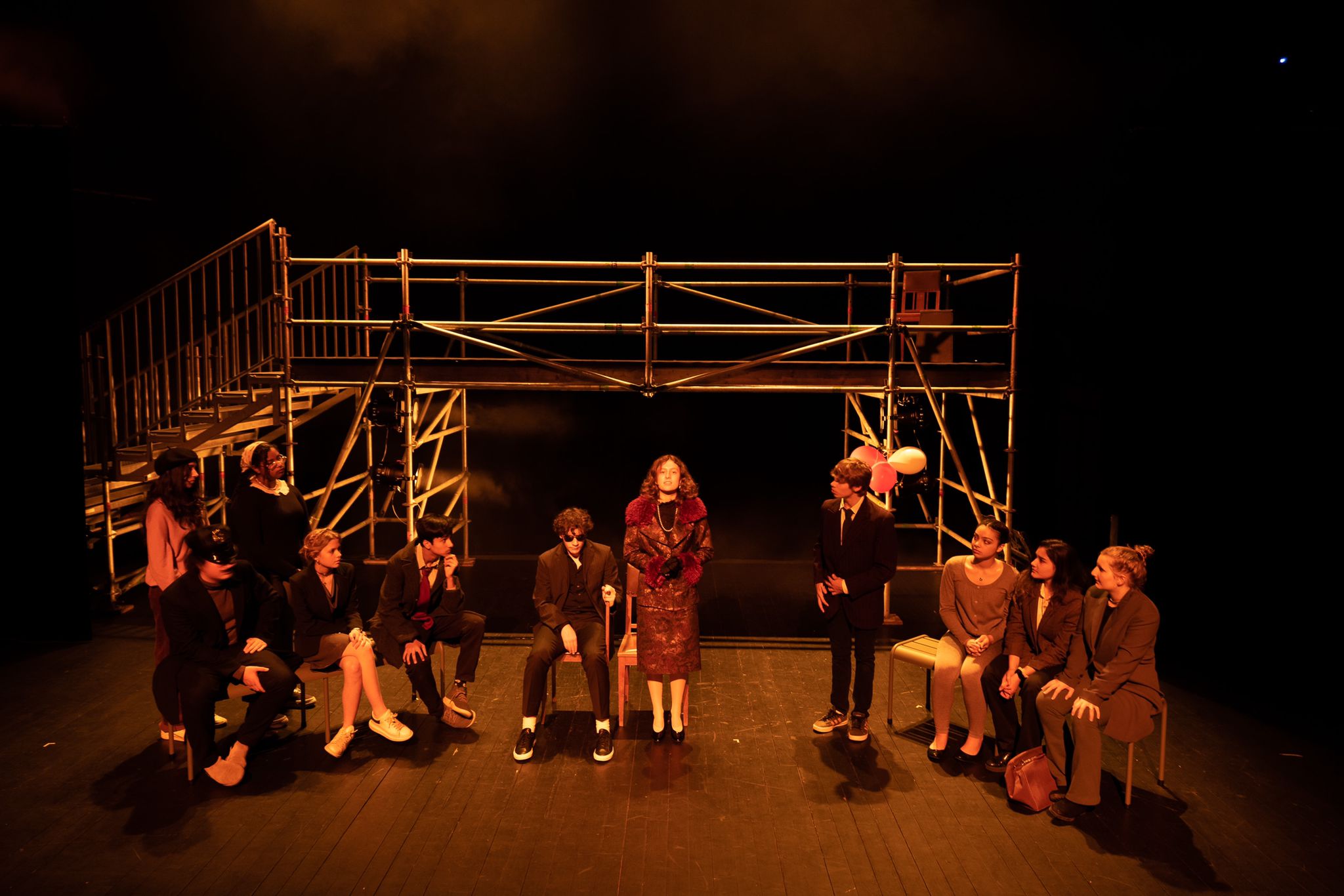By Sabine Pierce Jones, Y12
Warning: spoilers ahead!
The Queen’s Gambit, Netflix’s most watched limited series to date, has everyone playing the well known two-player board game. According to Deadline, 62 million households had watched the seven-episode series in its entirety. Due to its popularity, it ranked in Netflix’s top 10 in 92 countries and reached number one in 63. They also reported a spike in eBay searches for chess sets, a doubled number of Google searches on the topic, and a five-fold increase of players on Chess.com. The numbers speak for themselves, the show made a game we’ve all played before thrilling on an entirely new level.
The series was based on the novel “The Queen’s Gambit” written by American “class-C” chess player and novelist Walter Tevis in 1983. The Novel explores the coming of age of a female chess prodigy, Elizabeth Harmon, and her addictive use of alcohol and tranquillisers. The Netflix series itself is set in the 1960s, although this is an unrealistic precedent seeing that women weren’t allowed to compete until the 1980s. Judit Polgár, an exemplar for women in chess, was the first woman to play for the World Championship Title achieving Grandmaster in 1991 at the mere of 16. The Queens Gambit, released October 23rd 2020, follows a similar story of an orphaned girl and her rise to the top of the chess world.
Adapting this novel into a film or series was already put into action by Heath Ledger in 2008 (prior to his death). In which he was planning to direct and star alongside Elliot Page, who would’ve played Beth. Allan Shiach (who wrote under the pen name Allan Scott) had been working with Ledger and expressed that Ledge “resonated with Tevis’ novel” and was also an incredibly gifted chess champion who was close to becoming a Grandmaster himself. Later, following his death, Shiach continued his efforts in making this series with Scott Frank; creating this spectacular show starring Anya-Taylor Joy.

The miraculous use of testimonial techniques created the captivating show. The show itself spoke up for women in fields dominated by men at the time. Stevie Smith, and english poet, was referenced in the first episode by Beth’s teacher. “Not Waving But Drowning” was a somewhat direct parallel to Beth’s marginalisation. Another parallel to women in fields dominated by men was french artist Rosa Bonheur – her “Horse in Solitude” depicted Beth’s emotions after her mothers alcohol induced death. Although, this was not the only noteworthy accolade in the show. Allan Gilberts “All is Vanity” piece provided strong and meaningful foreshadowing. This death embodying picture was depicted in scene not long before Alma (Beth’s adoptive mother) had died. Alma, placed in a similar position, allowed the viewers to see that death was eminent.

Outside of these sombre references, are small easter eggs within certain scenes. Beth’s experience of taking tranquillisers at the orphanage is an interpretive reenactment of the scene in “One Flew Over the Cuckoo’s Nest”.


Although the fictional narrative is interesting, is it realistic? Beth’s character was developed thoroughly in many different departments. The cinematography and production values received critical acclaim. Not only were there quotes to support the chess lifestyle, such as Townes referencing “Ruy Lopez!” (the common chess opening move) as he photographed her, but there were multitudes of chess related references.

The show brought in Bruce Pandolphin to choreograph each move and consulted Grand Master Garry Kasparov. All of which were based on real life matches. The actors memorised these moves and played the game on and off the camera. To keep the somewhat unstimulating-to-some game interesting editor Michelle Tesoro used different focuses and sequencing. Other cinematic stimulation included the “dutch angle shot” used to make the audience uncomfortable and create tension whenever Beth begins to spiral.
Another way to incorporate the chess world into ours was through Beth’s outfits. Costume designer Gabriele Binder used checkered patterns and plaid to emphasise how Beth’s social world and chess board are one and the same. Beth’s final outfit – a glamorous white jacket, matching trousers, and a hat – demonstrate her win as she becomes a visual reference to the White Queen chess piece.

If you haven’t already seen it – The Queens Gambit is a thoughtful, interesting, and entrancing show that you would finish within the week, if not in one sitting! Each scene is beautifully executed and demonstrates references to an entirely new perspective. I highly recommend watching this – as long as you have a chessboard beside you once you become inspired to play.



